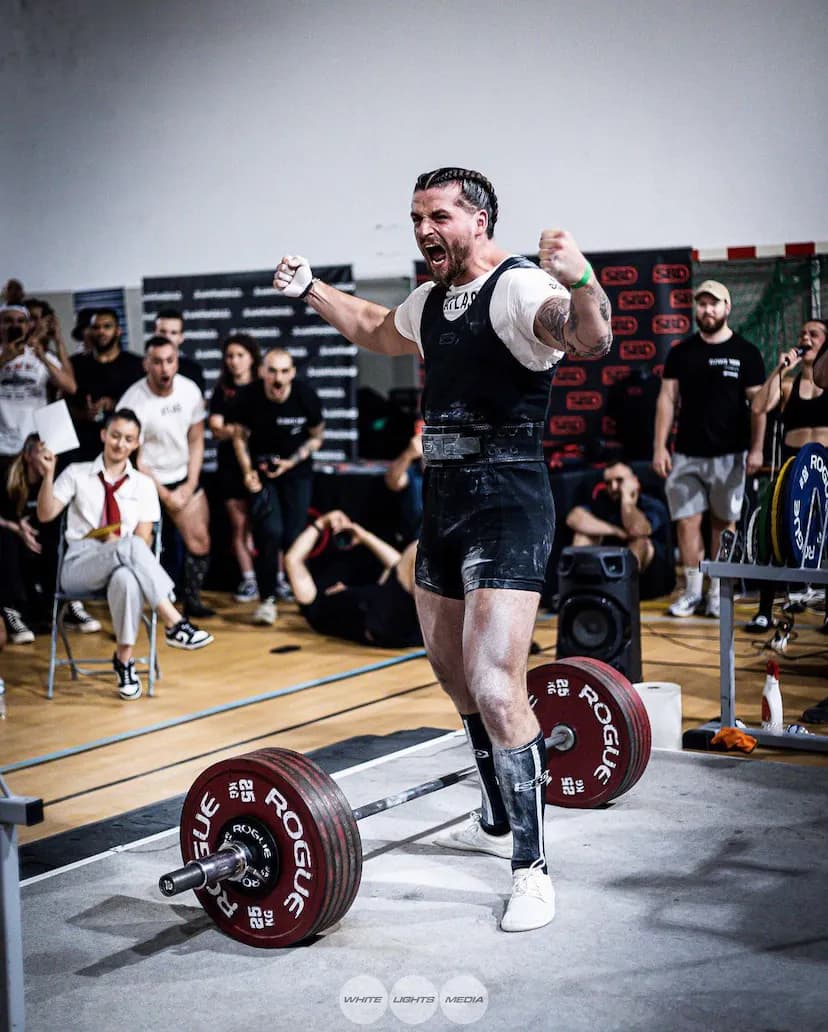18 septembre 2023
Powerlifting Equipment: The Essentials, Gadgets, and Useless Stuff
In this article, we will explore powerlifting equipment, highlighting what is truly necessary, what can be helpful, and what falls into the realm of the superfluous.

Powerlifting is a demanding sport that tests athletes' strength, technique, and determination. To excel in this discipline, it's essential to have the right equipment. However, with a multitude of options available on the market, it can be challenging to distinguish between essentials, useful gadgets, and unnecessary items. In this article, we will explore powerlifting equipment, highlighting what is truly necessary, what can be helpful, and what falls into the realm of the superfluous.
The Essentials:
Weightlifting Belt:
A weightlifting belt is a must-have in powerlifting. It provides crucial support to the spine during squat and deadlift movements, helping to prevent injuries.
Powerlifting Shoes:
Footwear specially designed for powerlifting offers increased stability with a flat, non-slip sole. They also enhance the connection between your feet and the ground.
__Singlet: __
The singlet is the standard competition attire in powerlifting. It must be approved by sports federations to meet the required standards.
__Knee Sleeves: __
Knee sleeves provide support to the knees, which can be particularly useful during squat movements. They help retain heat and prevent injuries.
Wrist Wraps:
Wrist wraps offer support to the wrists, which can be essential for movements like the bench press.
Useful Gadgets:
Chain Belt:
A chain belt allows for a gradual increase in weight for pull-ups and dips, providing an excellent way to progress.
Resistance Bands:
Resistance bands can be used to add resistance to strength training exercises, promoting progression and exercise variety.
__Lifting Straps: __
Lifting straps can help maintain a solid grip on the bar, which can be useful during deadlifts and pull-ups.
Stopwatch or Tracking App:
A stopwatch or tracking app can help maintain proper timing between sets and rest intervals, aiding in better workout management.
Useless Stuff:
__Bodyweight Pull-Up Accessories: __
Extravagant accessories for bodyweight pull-ups, like glittery weighted vests, are often more flashy than functional in powerlifting.
Unproven Supplements:
Unproven performance supplements or miracle products are generally unnecessary and can even be harmful to health.
Fancy Equipment:
Luxurious brand belts, shoes, or clothing do not necessarily confer an advantage in powerlifting. Opt for quality products rather than fashion items.
In conclusion, powerlifting equipment should be chosen wisely to meet the athlete's specific needs. Essentials like the weightlifting belt and powerlifting shoes are crucial for safety and performance. Useful gadgets can enhance training but should not replace proper technique. Finally, useless items should be avoided, as they often only add to the budget without providing real performance benefits. The key is to stay focused on training, technique, and consistent progress.